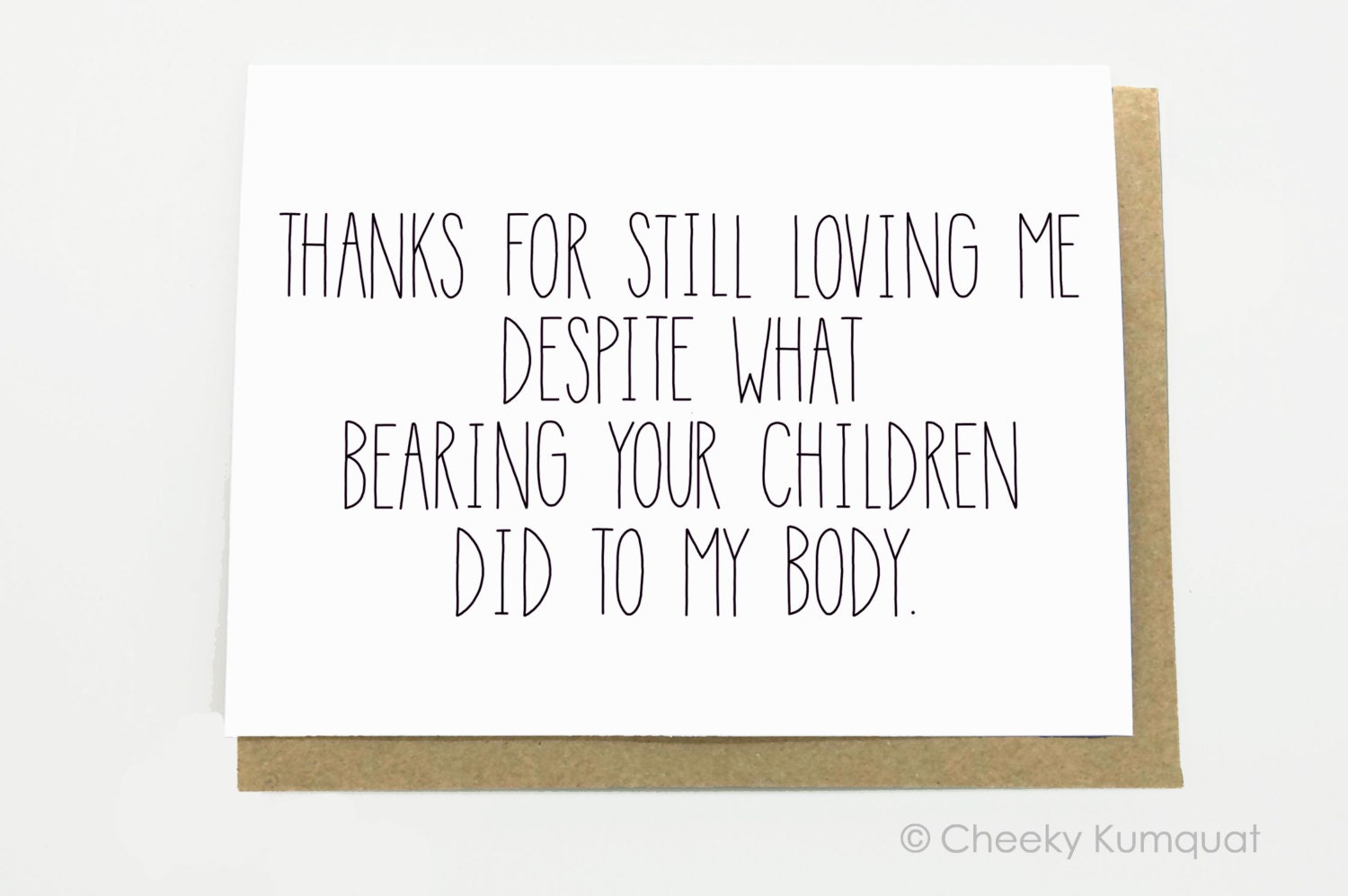
Walmart is the latest to be exposed for its questionable attitudes towards women, thanks to one professor with a long memory and, well, receipts.
Professor Nick Kapur tweeted excerpts from a 1995 Associated Press article published in the Tuscaloosa News about a Walmart store in Miami pulling a T-shirt from shelves. Why? Because they featured “Dennis the Menace” character Margaret, and read, “Someday a woman will be president.”
According to the article, the store nixed the shirt after a lone customer complained about it. The woman who designed the shirts, Ann Moliver Ruben, noted that a buyer for Walmart told her that the shirt “goes against Walmart’s family values.” (Because the only part of the White House a woman belongs in is the kitchen, amirite? Ugh.)

Ruben, a Florida-based psychologist said she designed the shirt to have a positive message for young girls. Thankfully, the shirt was later put back on the shelves after a backlash from women’s groups. That was only 21 years ago. Thank goodness attitudes are changing, but Geez Louise, it's a painfully slow process.
Tuesday night, Hillary Clinton became the first woman in American history to be nominated for president by a major political party. The Walmart of 1995 might be oh so offended at such a historical occasion, but that’s the great thing about society moving forward: We can look back on the past and realize just how dumb we were — and how far we’ve come.
UPDATE: Danit Marquardt, new Director of Corporate Communications at WalMart, recently responded with the following statement: “Wow, it still pains us that we made this mistake 20 years ago. We’re proud of the fact that our country – and our company – has made so much progress in advancing women in the workplace, and in society.” Nice recovery Danit.































